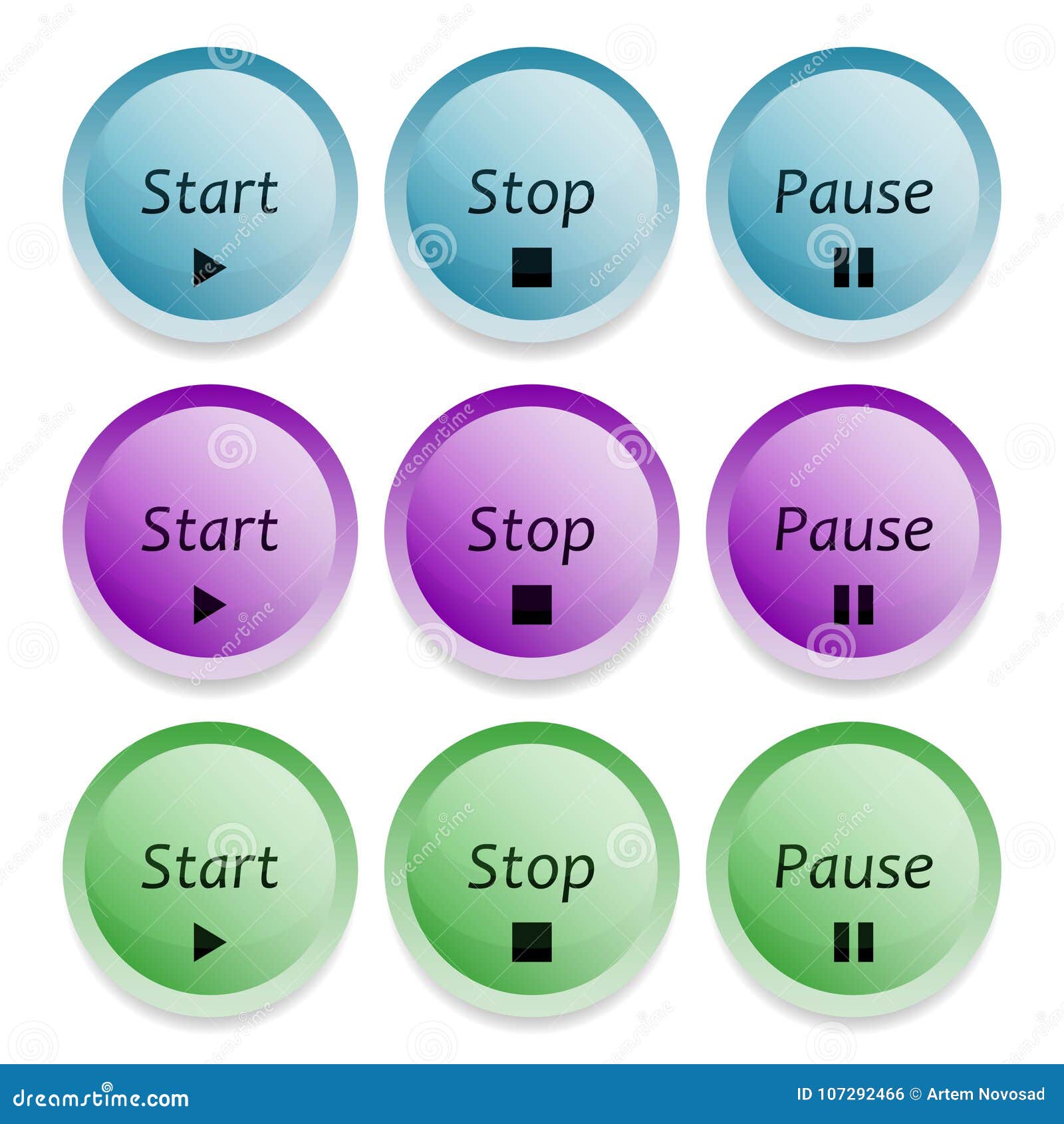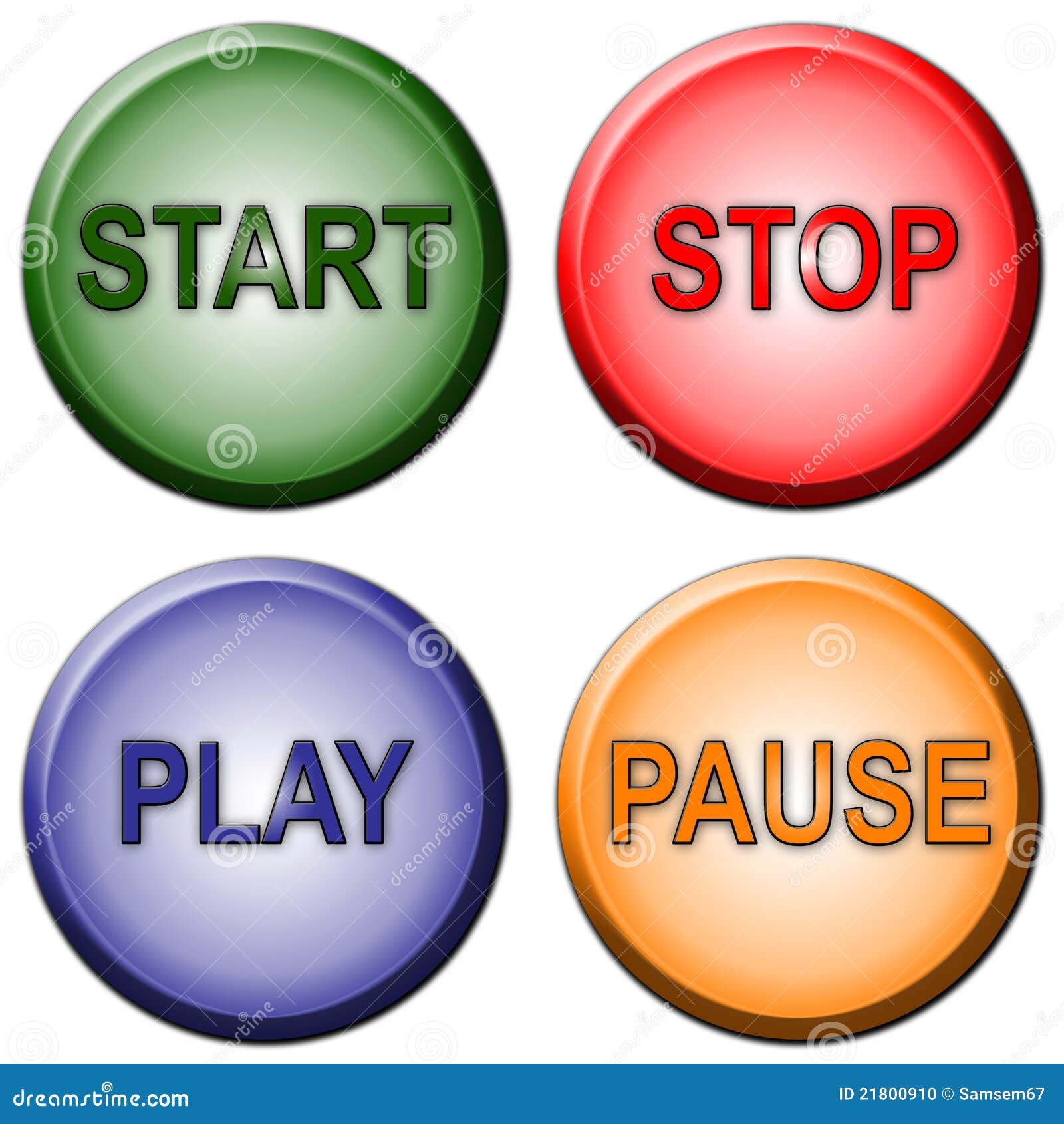Mastering Control Time: Pause, Start, Stop – Your Ultimate Guide
Have you ever wished you could hit the pause button on life? Or maybe rewind those moments you wish you could relive? Control time, pause, start, stop—it’s not just science fiction; it’s a concept that can change how we approach our daily lives. Imagine having the power to slow down when things get overwhelming or speed up when you’re stuck in a rut. Sounds crazy, right? But what if I told you there are practical ways to take charge of your time and make every second count?
Let’s face it, time is one of the most precious resources we have. We can’t create more of it, but we can control how we use it. Whether you’re juggling work, family, or personal goals, mastering the art of controlling time can be a game-changer. In this guide, we’ll dive deep into strategies, tools, and tips to help you pause, start, and stop effectively so you can live your best life.
But before we get into the nitty-gritty, let’s talk about why understanding control time is crucial. Think about all those times you’ve felt like there aren’t enough hours in the day. Or when you’ve looked back and realized you wasted precious moments on things that didn’t matter. This guide is here to help you take back control, one step at a time.
What Does Control Time Really Mean?
Control time isn’t about manipulating reality—it’s about managing your focus, priorities, and energy. It’s about learning when to pause and reflect, when to start something new, and when to stop wasting time on things that don’t add value to your life. Picture this: you’re scrolling through social media late at night, knowing you have an early meeting tomorrow. That’s a classic example of losing control over your time. But what if you could train yourself to hit the “pause” button and focus on what truly matters?
It’s not just about productivity, though. Control time also involves emotional intelligence. Knowing when to take a break, when to push forward, and when to let go can make a huge difference in your mental and emotional well-being. So, whether you’re trying to boost your career, improve your relationships, or simply enjoy life more, mastering control time is the key.
Why Pause, Start, and Stop Matter
Life is full of moments that require us to pause, start, and stop. Think about it: when you’re overwhelmed, hitting the pause button gives you time to regroup. When you’ve been procrastinating, starting something new can break the cycle. And when you’re stuck in a toxic situation, stopping can save you from unnecessary stress. These actions might seem simple, but they’re powerful tools for managing your time effectively.
Here’s a quick breakdown:
- Pause: Take a moment to breathe, reflect, and reassess your priorities.
- Start: Begin something new, whether it’s a project, habit, or relationship.
- Stop: End something that’s no longer serving you, whether it’s a bad habit, negative thought pattern, or unproductive activity.
By mastering these three actions, you can transform the way you manage your time and achieve your goals.
How to Master the Art of Pausing
Pausing is more than just taking a break—it’s about creating space for clarity and intention. In a world where we’re constantly bombarded with notifications, deadlines, and distractions, learning to pause can be a lifesaver. Here are some practical tips to help you master the art of pausing:
1. Practice Mindfulness
Mindfulness is all about being present in the moment. When you pause, take a few deep breaths and focus on your surroundings. Notice the sights, sounds, and sensations around you. This simple practice can help you reset your mind and regain focus.
2. Set Boundaries
It’s hard to pause when you’re constantly being pulled in different directions. Set boundaries with your time by turning off notifications, saying no to unnecessary commitments, and scheduling regular breaks throughout your day.
3. Reflect on Your Priorities
Use your pause moments to reflect on what truly matters. Are you spending your time on things that align with your values and goals? If not, it might be time to make some adjustments.
Getting Started: The Power of Beginnings
Starting something new can be intimidating, but it’s also one of the most rewarding experiences. Whether you’re starting a new job, a new hobby, or a new relationship, the first step is often the hardest. Here’s how to overcome that fear and take action:
1. Break It Down
Big goals can feel overwhelming, but breaking them down into smaller, manageable steps makes them much more achievable. Instead of thinking about the entire project, focus on the next small action you can take.
2. Embrace Imperfection
Perfectionism can be a major roadblock when it comes to starting something new. Remember, it’s okay to make mistakes. The important thing is to take action and learn along the way.
3. Find Inspiration
Surround yourself with people and resources that inspire you. Whether it’s a mentor, a book, or a podcast, finding inspiration can give you the motivation you need to get started.
Knowing When to Stop: Letting Go with Grace
Stopping is often the hardest part of control time. Whether it’s a bad habit, a toxic relationship, or an unproductive activity, letting go can be painful. But sometimes, stopping is the best thing you can do for yourself. Here’s how to do it gracefully:
1. Recognize the Signs
Pay attention to the signs that tell you it’s time to stop. Are you feeling drained, frustrated, or unfulfilled? These are red flags that something needs to change.
2. Make a Plan
Stopping doesn’t have to be sudden or drastic. Create a plan to gradually phase out the thing you want to stop. This could mean reducing your time spent on a particular activity or setting boundaries with a toxic person.
3. Practice Self-Compassion
Letting go can be emotional, so be kind to yourself during the process. Acknowledge your feelings and remind yourself that stopping is a sign of strength, not weakness.
The Science Behind Control Time
Control time isn’t just a concept—it’s backed by science. Studies have shown that managing your time effectively can lead to increased productivity, better mental health, and improved relationships. Here are some key findings:
- People who practice mindfulness are better at managing stress and making decisions.
- Breaking tasks into smaller steps increases motivation and reduces procrastination.
- Setting boundaries with your time can improve work-life balance and reduce burnout.
By understanding the science behind control time, you can make more informed decisions about how you manage your days.
Tools and Apps for Control Time
In today’s digital age, there are countless tools and apps to help you manage your time. From productivity apps to mindfulness platforms, these resources can make a big difference in your daily routine. Here are a few of my favorites:
1. Time Management Apps
Apps like Trello, Notion, and Todoist can help you organize your tasks and stay on track. They allow you to create to-do lists, set deadlines, and prioritize your work.
2. Mindfulness Platforms
Apps like Headspace and Calm offer guided meditations and mindfulness exercises to help you pause and reset throughout the day.
3. Focus Boosters
Tools like Focus@Will and Forest can help you stay focused by blocking distractions and creating a productive environment.
Common Mistakes to Avoid
Even the best time management strategies can go wrong if you fall into common traps. Here are a few mistakes to avoid:
- Overloading Your Schedule: Trying to do too much at once can lead to burnout and decreased productivity.
- Ignoring Breaks: Skipping breaks might seem like a good idea, but it can actually make you less efficient in the long run.
- Chasing Perfection: Striving for perfection can paralyze you and prevent you from taking action.
By avoiding these mistakes, you can create a more balanced and effective approach to managing your time.
Success Stories: Real People, Real Results
Don’t just take my word for it—there are countless success stories of people who’ve transformed their lives by mastering control time. From entrepreneurs who’ve built thriving businesses to parents who’ve found more balance in their family lives, the power of pause, start, and stop is undeniable.
1. Sarah’s Story
Sarah was a busy mom who felt like she was constantly juggling work and family responsibilities. By learning to pause and set boundaries, she was able to create more quality time with her kids while still excelling in her career.
2. Mark’s Journey
Mark was a chronic procrastinator who struggled to start new projects. By breaking tasks into smaller steps and embracing imperfection, he was able to launch a successful business and achieve his goals.
Final Thoughts: Take Control of Your Time
Control time, pause, start, stop—it’s all about taking charge of your life and making every moment count. Whether you’re trying to boost your productivity, improve your relationships, or simply enjoy life more, mastering these skills can make a huge difference.
So, what are you waiting for? Hit the pause button on your distractions, start something new, and stop wasting time on things that don’t matter. Your future self will thank you for it. And don’t forget to share your thoughts in the comments below or check out our other articles for more tips and tricks.
Table of Contents
- What Does Control Time Really Mean?
- Why Pause, Start, and Stop Matter
- How to Master the Art of Pausing
- Getting Started: The Power of Beginnings
- Knowing When to Stop: Letting Go with Grace
- The Science Behind Control Time
- Tools and Apps for Control Time
- Common Mistakes to Avoid
- Success Stories: Real People, Real Results
- Final Thoughts: Take Control of Your Time

Start, Stop and Pause Buttons Stock Vector Illustration of audio

Start Stop Play Pause Buttons Stock Photo Image 21800910

Start, Pause, Stop, Button RoyaltyFree Stock Photography